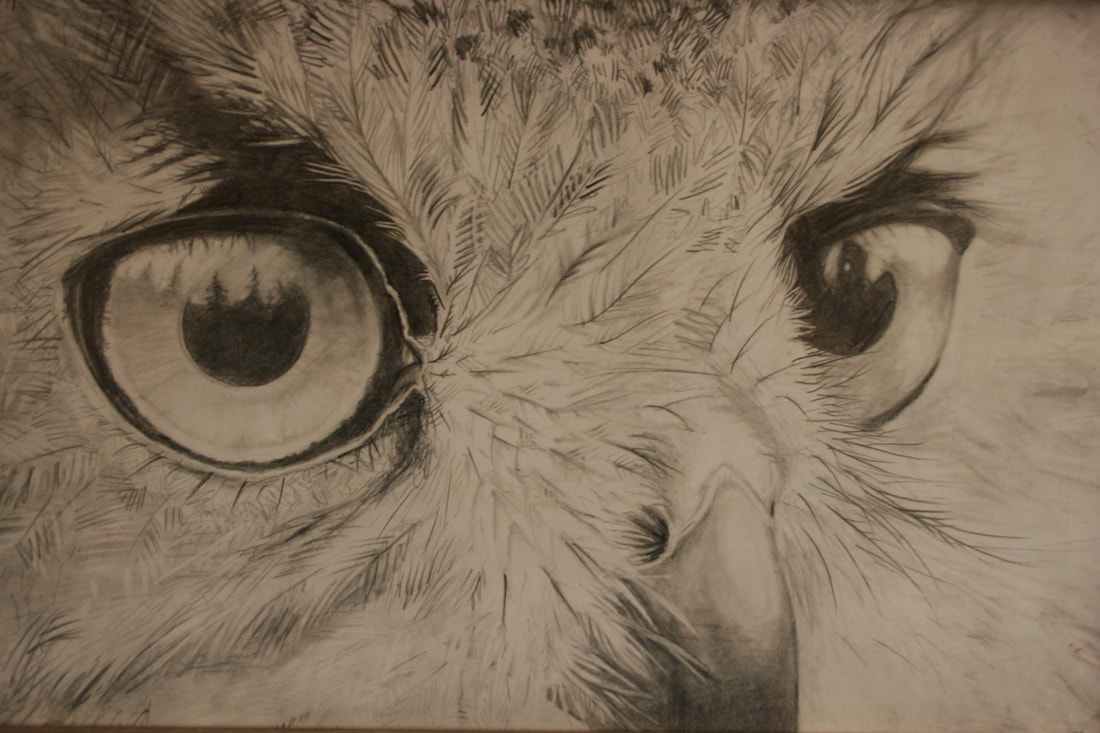|
By Janelle Eklund
Once upon a time many years ago I was hiking somewhere in the Copper Basin. As I recall, I was up high on open ground where I could see the lake I was aiming for. I knew where it was, and it wasn't all that far away, but getting there was easier said than done. Not far above the lake the brush was thick but looking down on it from my vantage point it looked easy enough to get through. As I got closer, though, it became clear that it wasn't just little scrub brush - it was alder. The closer I got the taller it got. It's amazing how perception can fool the brain. As I entered this 'forest' of trees with many tangled trunks, it towered over my head. Going through it I felt like a microscopic bug trying to navigate through thick tall grass. As I started to scramble through, my vision around me decreased and my 'hey bear' voice got louder and louder. With much frustration and yelling, I managed to reach my destination. My recommendation - find a way around the alder, even if it means walking further. That's the hate part of the alder relationship. The love part is that it does have some good qualities. Its bark is great for smoking salmon, imparting its sweet scent to the meat. I will cut a stem, take a hand ax and chip off pieces for the smoker...mmmmm! The male and female flowers develop on the same alder plant. The male flowers are called catkins. They are long and flow languidly from the branch. When a breeze or the wind breaths through them, they gracefully sway and, when the time is right, release pollen into the air. The female flowers do the opposite of the males. They stand upright, start out as green buds and then grow into what looks like a little woody cone. You can pick the catkins in the spring and eat them raw or add to a favorite soup or other dish. They aren't the best tasting but they are high in protein. So remember - if you are caught out in the wild, in the spring, and need some sustenance - munch on a few alder catkins. Alder has some medicinal qualities from making a tea of the leaves and dried inner bark, which are bitter. I learned in Janice Schofield's class that bitters are good for digestion and cause moisture in the mouth, which is part of stimulating digestion. To make the bitter taste of the tea easier to get down you can mix other herbal leaves with it like dandelion and nettle. But Janice says be sure the inner bark of alder is dried before using because if it's fresh it's emetic and induces vomiting, which could be a good thing if a poisonous substance has been ingested. Like yarrow, alder can also stop bleeding, although yarrow is better tasting. In Janice's book, ‘Discovering Wild Plants’, she says that making a stronger alder tea can stop internal bleeding in an emergency when no doctor is available. I read an interesting thing about alder in Medicinal Flora of Alaska Natives by Ann Garibaldi. She says the natives have used the sticky alder leaves to help relieve arthritis. And sucking the juice out of the green alder cones was good to treat diarrhea. One to many cones were used, depending on how bad the situation was. Making a tea out of the fresh green cones by boiling for a half hour and then drinking 2 or 3 tablespoons anytime seemed to help. If it didn't stop it then they would make the tea stronger and drink it until the diarrhea slowed down. Alder roots are good for the soil because they are nitrogen fixers and add organic matter. They often come in after an area has been disturbed. Once other species take over and grow taller it crowds the alder out because alder doesn't like shade. And anyway, it did its job. May you enjoy the love relationship with alder and avoid the hate part. From my light to yours-
0 Comments
Leave a Reply. |
Who We AreWISEfriends are several writers connected with Wrangell Institute for Science and Environment, a nonprofit organization located in Alaska's Copper River Valley. Most of these articles originally appeared in our local newspaper, the Copper River Record. Archives
August 2021
Categories
All
|
|
WISE is a
501(c)3 nonprofit organization |
Contact Us |


 RSS Feed
RSS Feed
